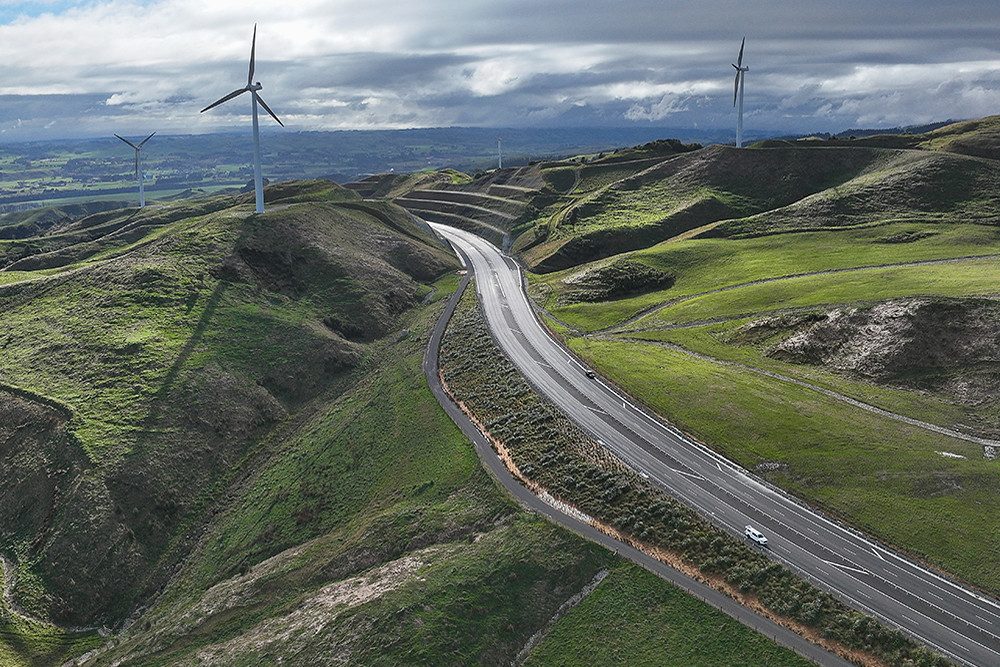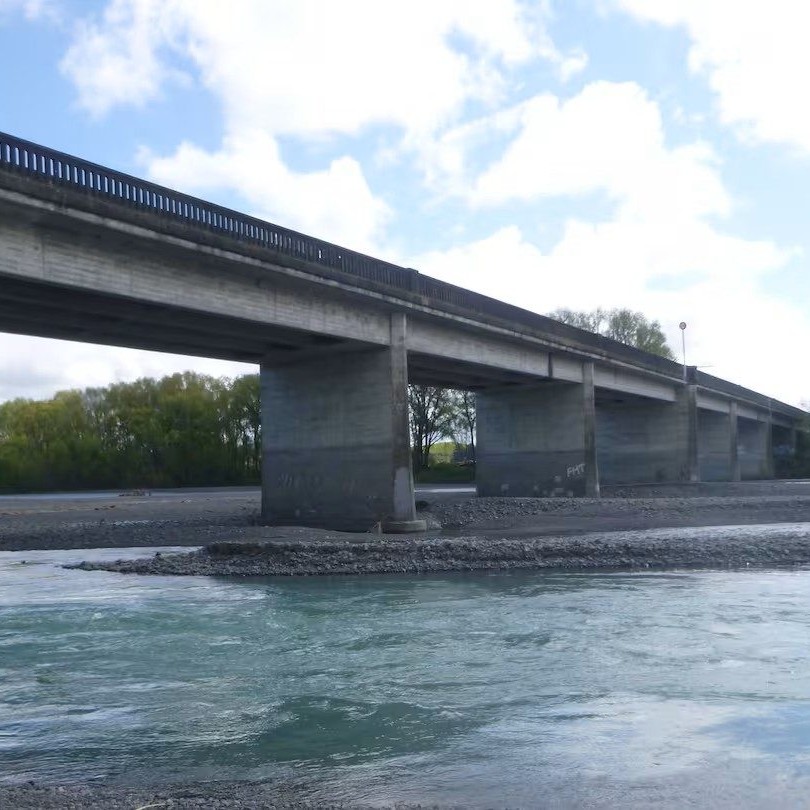
Business New Zealand insight
While it might not be what we want to hear, I don’t think it will be a surprise to our members that Business NZ recently reported; “The timeline for New Zealand’s long-awaited economic recovery just keeps getting pushed further and further out.”
I do feel for operators, as the relief some may have been expecting by now is clearly not here and seems still some way off. If you haven’t already, during this quiet period it may be worth considering how well your supply contracts are structured to ride out these tough times, particularly in regard to managing cost externalities such as fuel pricing, and strengthening your customer client relationships.
A win for opposing more raised speed platforms in Auckland
In April we made a submission to AT (Auckland Transport) opposing its proposal to install a raised pedestrian crossing on the Coatesville Riverhead Highway.
We were the only road freight organisation to make a submission and I was very pleased to see this week that Auckland Transport have agreed not to install a raised crossing. Instead, it will pursue a signalised, at grade pedestrian crossing activated only when called on by a pedestrian. This is a balanced approach to safety and traffic flow, so a bouquet to AT for genuinely listening to feedback and adapting its plans.
Speed Limit Rule changes add value and show drivers should be given credit
This week we completed a submission on proposed reductions to speed limits on 233 sections of roads in the Tasman District.
Disappointingly, the consultation documentation didn’t include the specific Cost Benefit Disclosure Statements (CBDSs) for each road section – however, we obtained them under the Local Government Official Information and Meetings Act. The CBDSs include key information for each road section such as: the current mean operating speed, the additional travel time and the forecast crash reduction resulting from the changes.
The CBDS information clearly demonstrates that regardless of the speed limit, drivers adapt their speed to the conditions around them. For example, motorists driving on a section of road proposed for a speed limit reduction from 100 km/h to 80 km/h currently have a mean operating speed of 27 km/h. A similar example is that on a road proposed for a speed limit reduction from 80 km/h to 60 km/h, motorists currently have a mean operating speed of 29 km/h.
The prevalence of this phenomenon – behavioural change regardless of the speed limit – is evidenced by the fact that 87 percent of the roads where changes are proposed already have a mean operating speed more than 5 km/h lower than the new reduced limit. And 80 percent of the roads already have a mean operating speed greater than 10 km/h lower than the new proposed lower limits!
To add further doubt as to the value of the Council making these changes, for 92 percent of the proposed changes, the Council estimates that the annual reduction in crashes will be zero or negligible. It is unclear what the Council considers negligible however, its actual estimates for annual reductions included rates of 0.05 to 0.08, in other words a reduction of one incident type over the next 12-to-20-year period, which seems pretty low, and negligible is even less than that.
Time will tell what the Council decide to do but if a strong evidence-based approach is taken, then one wonders whether the propositions to reduce speed on these roads is good value for money.

Manawatū-Tararua Highway celebrates one month of operation
The Hawke’s Bay Today reported that in one month of motorists travelling on the new highway that there have been no complaints, no crashes and no potholes. Over a quarter of a million vehicles used the highway in that first month.
Tararua Mayor Tracey Collis was reported as saying “The district is absolutely thriving, the new highway has changed every aspect of our lives.”
The Mayor’s view is a great demonstration of what good investment in road infrastructure can do for communities. However, I’m not sure she would’ve been saying the same if her local constituents were having to pay a toll to use the road.
We were an outlier among road freight groups in opposing the toll when it was proposed last year and one of our concerns was that despite NZTA suggesting otherwise, the route would not NZTA’s own tolling policy of requiring daily use by more than 10,000 vehicles. I was also intrigued but not surprised to hear NZTA say that on average 9,300 vehicles are using the road each day.
This is another example of why we are urging regulators to take a stronger evidenced-based approach to policy development and implementing their operational activities.





